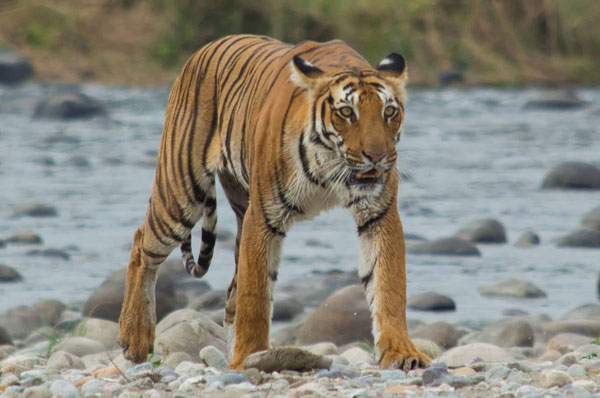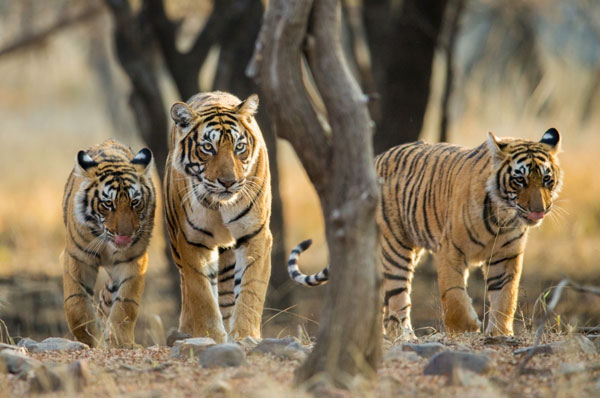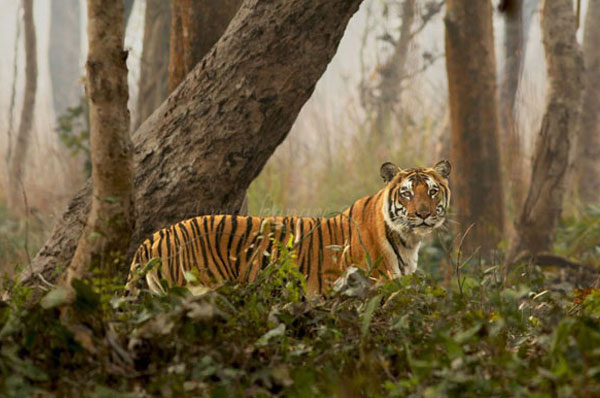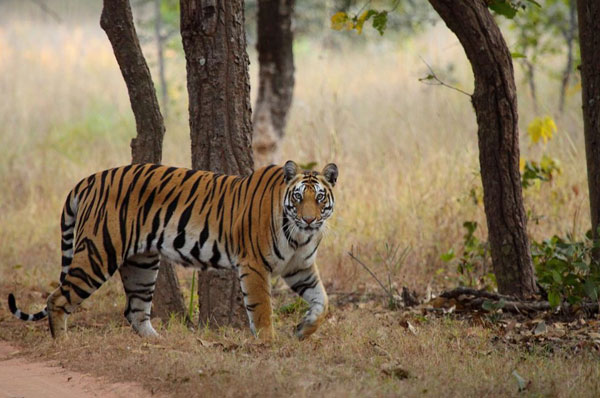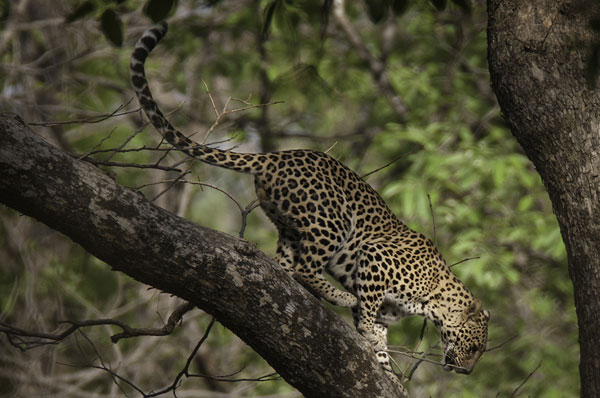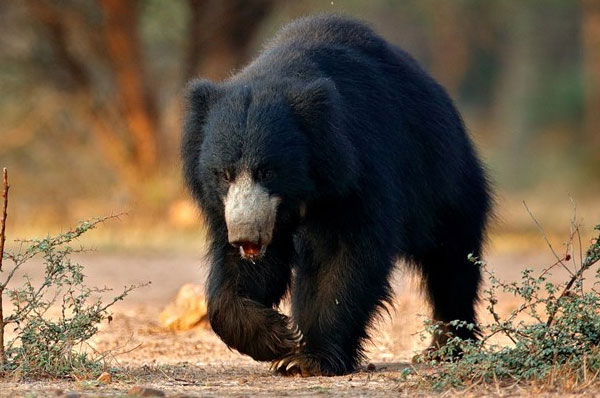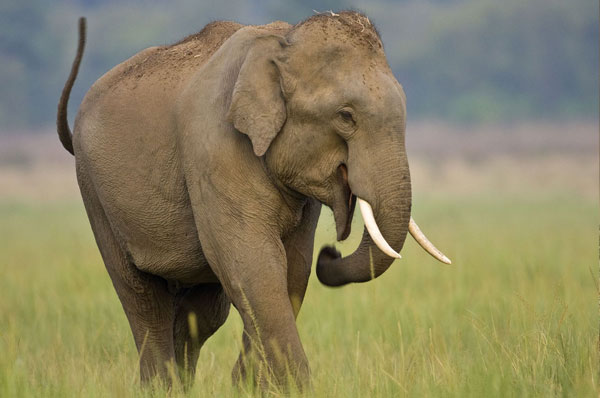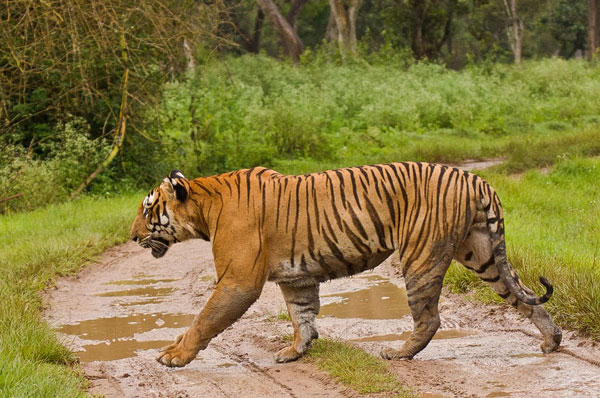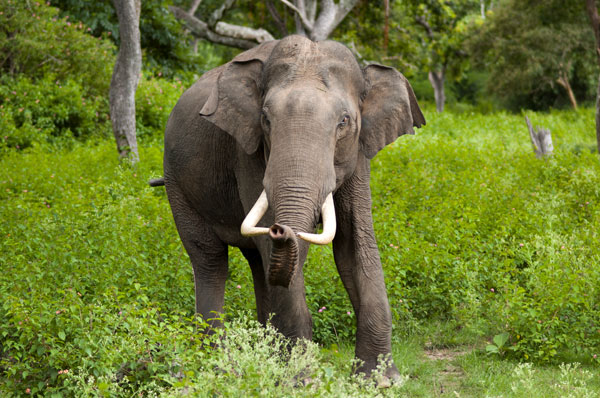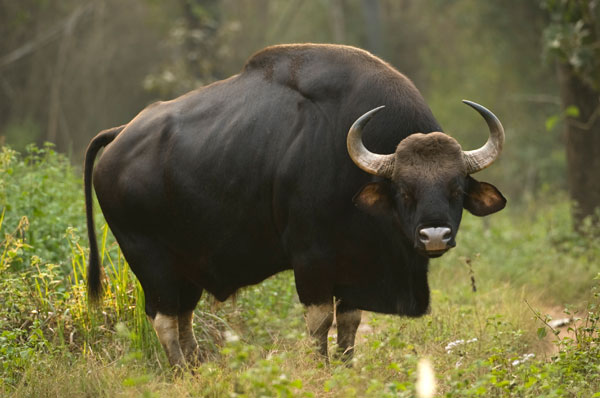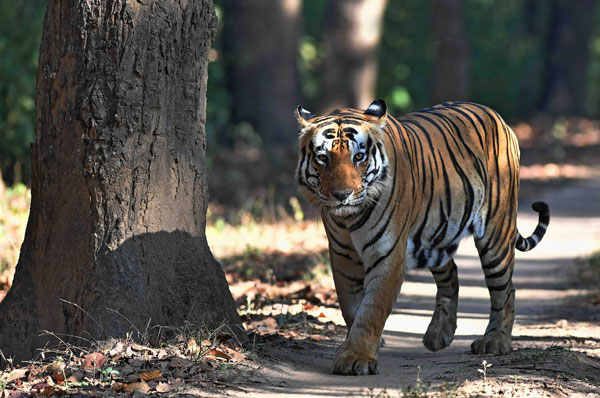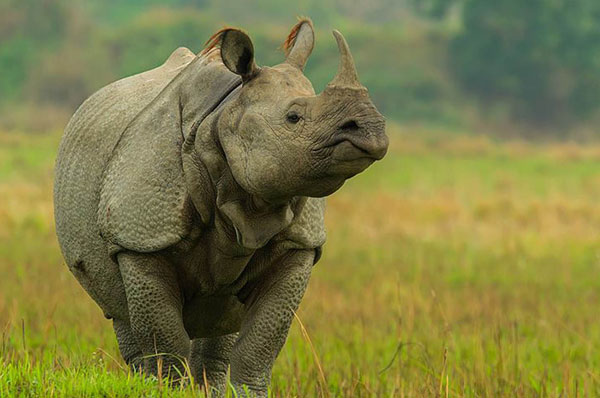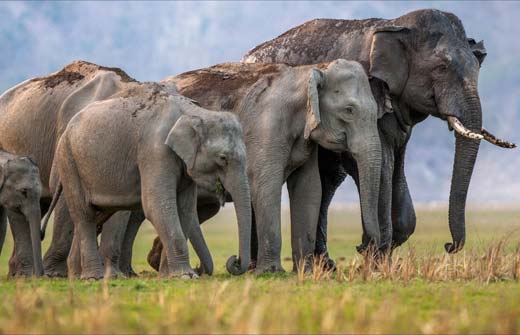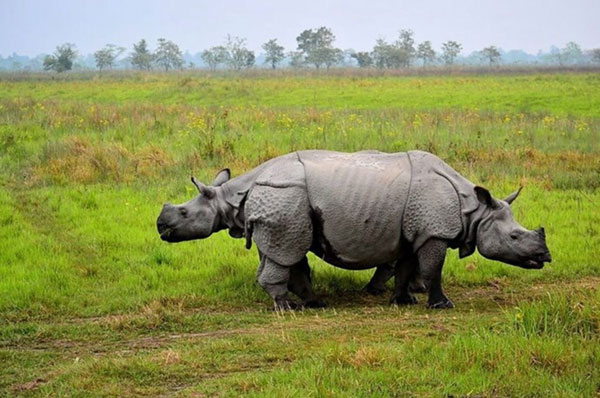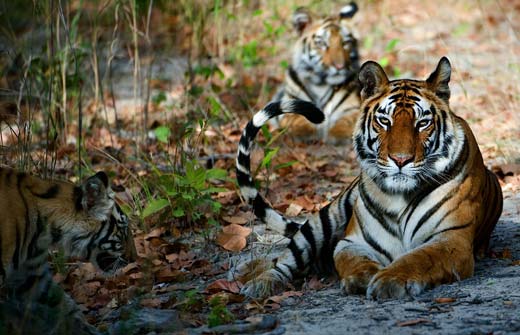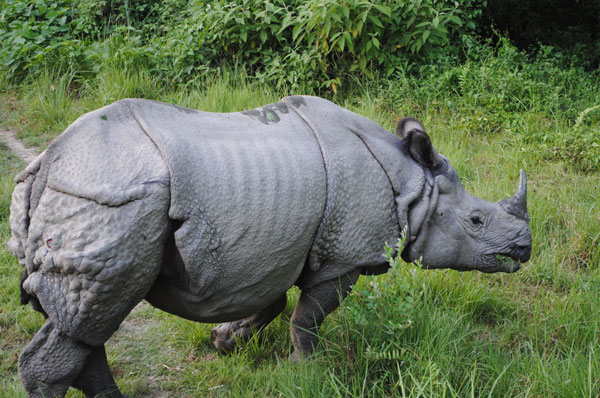Nature has assisted always in making the mankind prosperous however we are not talking about Wildlife Conservation in India what it gives to us but it is what the human being gives back to nature in return. Is the human being really concerned about this nature?
Does protecting the rare species in the world and taking required dealings for the species which are on the edge of disappearance means anything to us? Then unite yourself with the wildlife associations to protect our nature which we call in India mother Earth!
The natural schemes and programs initiated by the government of India like Project Tiger, Nature Camps & resorts and Jungle Lodges & Resorts have been planned to encourage wildlife alertness in the people. These plans help not only in conserving our nature but also promote eco-tourism in India.
Why today wildlife protection is very significant? Because the most attractive present that God has offered to the beautiful nature are the wildlife, they decorate the natural loveliness by their exclusive method of survival. But due to the rising crash of deforestation, some worried wildlife lovers are putting regular efforts to protect the endangered wildlife as well as those animals are the edge of disappearance and protect the earth from losing our natural heritage.
Few of the schemes and Wildlife Conservation in India which includes Project Tiger etc has been as of now the successful first in defending and conserving the royal tiger population in India.
Gir National Park of Gujarat – the last home of Asiatic lions in India is a good example. The Kaziranga National Park of Assam is also an extraordinary example of preserving the highly endangered one-horned Rhinoceros. Periyar National Park in Kerala is preserving the Wild Elephants and the Dachigam National Park of Jammu & Kashmir is protecting the Hangul or Kashmiri Stag.

